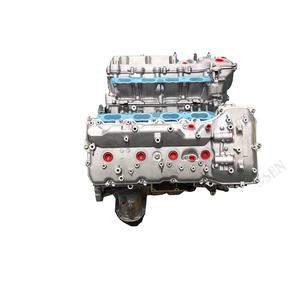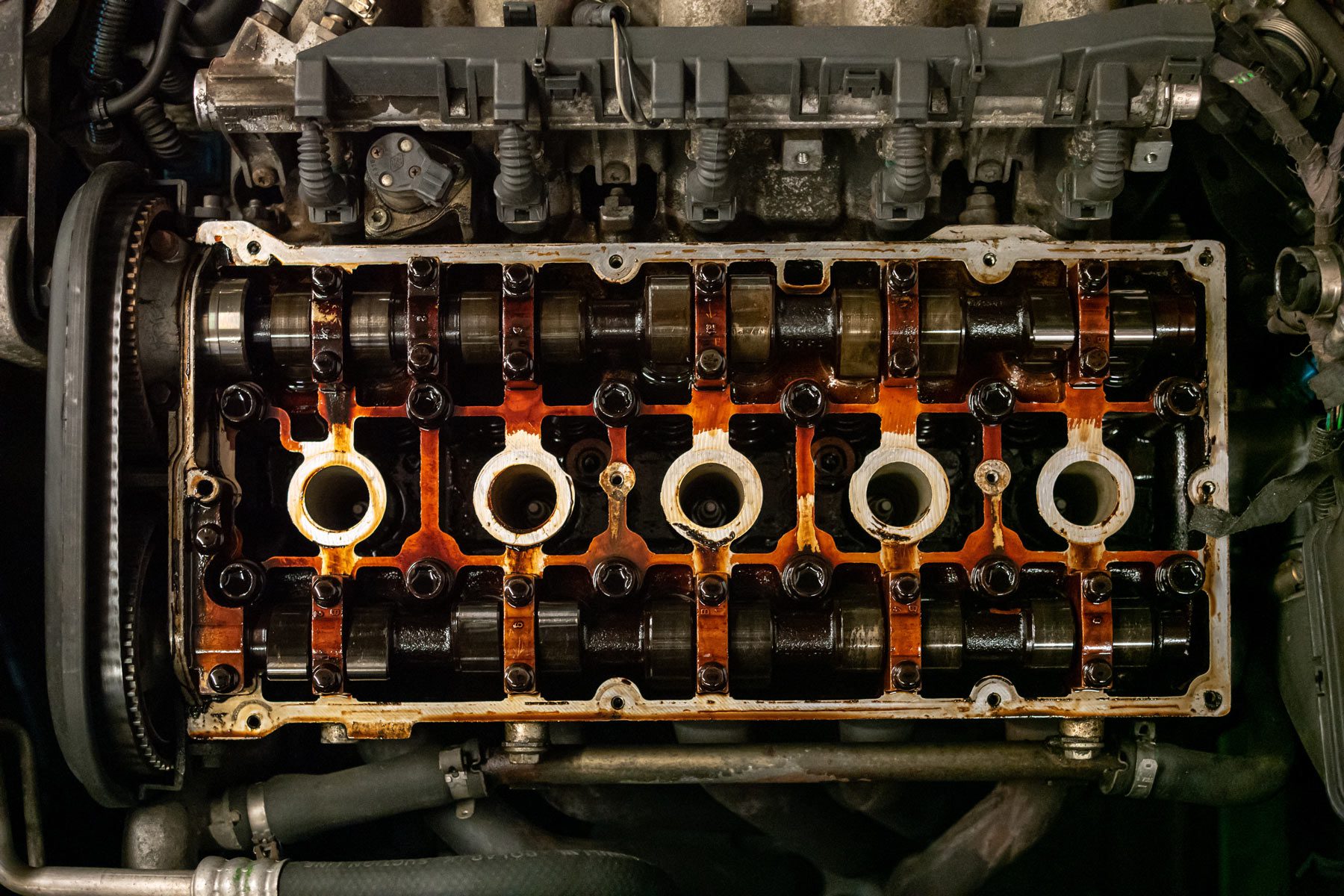Opel Corsa Engine: Common Issues and How to Repair Them
Wiki Article
Checking Out the Inner Operation of a Compact Car's Engine System
As drivers, we usually take for given the complex processes that occur within the boundaries of our automobile's engine system. The portable yet intricate equipment that thrusts us onward is a wonder of design precision and coordination. From the regulated explosions in the burning chamber to the careful timing of gas injection, every component plays a crucial role in the smooth operation of the engine. In this expedition of a compact car's engine system, we will untangle the internal functions of this mechanical harmony, clarifying the secrets that drive us ahead on our daily trips.Combustion Process Overview
The burning process in a compact car's engine system is an essential device that effectively transforms fuel right into energy to power the car. This process occurs within the combustion chamber of the engine, where gas and air mix, spark, and generate controlled surges. The combustion procedure contains 4 major stages: intake, compression, exhaust, and power.Throughout the consumption stage, the piston moves downward, attracting a mix of air and gas right into the burning chamber. The following phase, compression, involves the piston moving up, compressing the air-fuel blend to boost its potency. Ultimately, in the power phase, the spark plug ignites the compressed mixture, resulting in a quick expansion of gases that compels the piston pull back. This descending movement creates the power required to drive the vehicle. In the exhaust phase, the burnt gases are gotten rid of from the burning chamber with the exhaust shutoff, preparing the chamber for the following cycle. This cyclic combustion procedure is essential to the operation of a portable vehicle's engine system, guaranteeing reliable energy conversion for propulsion.
Piston and Cyndrical Tube Interaction

The piston's precise fit within the cyndrical tube is crucial for keeping optimum compression and stopping energy loss during combustion. Limited clearances in between the piston and cylinder wall surfaces ensure effective sealing, allowing the piston to move efficiently without permitting gases to leakage past. Appropriate lubrication is additionally vital to lower friction and wear in between these parts, improving longevity and performance.
In addition, the layout and products used in producing the piston and cyndrical tube impact engine efficiency and toughness. Modern engines frequently use lightweight yet durable products like light weight aluminum alloys for pistons and cyndrical tube liners to decrease inertia and improve thermal performance. On the whole, the harmonious interaction between the piston and cylinder is essential to the engine's capability and total efficiency.
Gas Shot System Capability
Gas shot systems in compact car engines play a vital function in precisely providing gas to the burning chamber for controlled and reliable ignition. The fuel injection system operates by infusing go to these guys fuel right into the combustion chamber at the optimal moment throughout the engine's procedure (opel corsa engine). This specific timing makes certain that the fuel blends evenly with the air for appropriate combustion, resulting in improved gas performance and lowered dischargesThere are mainly 2 sorts of gas injection systems made use of in compact vehicle engines: port gas shot (PFI) and direct gas shot (DFI) PFI systems inject fuel into the intake port prior to the consumption shutoff, while DFI systems inject fuel straight right into the combustion chamber. Both systems have their advantages, with DFI supplying much better fuel atomization and PFI giving a much more cost-effective solution.
Recognizing Engine Air Conditioning Mechanisms
Efficient procedure of a portable automobile's engine counts heavily on the efficiency of its cooling systems. The cooling system in a small lorry commonly is composed of several components functioning together to manage the engine temperature. Understanding these engine cooling mechanisms is important for keeping the performance and durability of a portable car's engine system.
Exhaust System Elements Explained
The optimum performance of a small car's engine air conditioning devices depends on a complementary system recognized as the exhaust system, which consists of numerous crucial elements for making certain efficient discharges and engine performance. The exhaust manifold accumulates exhaust gases from the engine's paths and cyndrical tubes them to the catalytic converter.One crucial component of the exhaust system is the oxygen sensing unit, which monitors the oxygen levels in the exhaust gases to aid manage gas intake Website and ensure ideal engine performance. opel corsa engine. In addition, the resonator may be existing in some exhaust systems to minimize sound levels. On the whole, the exhaust system plays a crucial role in preserving engine effectiveness, reducing hazardous discharges, and making sure a quieter driving experience for portable automobile owners

Verdict
Finally, the portable car's engine system is a complicated mix of elements that function with each other to help with the burning process, convert gas right into power, and get rid of waste gases. Recognizing the internal functions of the engine system, consisting of the piston and cyndrical tube communication, fuel injection system, engine air conditioning mechanisms, and exhaust system elements, is important for keeping optimal efficiency and performance of the automobile.The burning procedure in a compact car's engine system is an important system that efficiently converts gas into energy to power the lorry.Fuel shot systems in portable car engines play a vital duty in exactly supplying gas to the burning chamber for have a peek at this site controlled and effective ignition.There are mostly 2 types of fuel injection systems made use of in compact lorry engines: port fuel shot (PFI) and direct gas injection (DFI) Comprehending these engine cooling mechanisms is essential for preserving the performance and longevity of a small automobile's engine system.
The optimal performance of a portable car's engine cooling systems depends on a complementary system recognized as the exhaust system, which consists of various vital parts for ensuring efficient exhausts and engine performance.
Report this wiki page